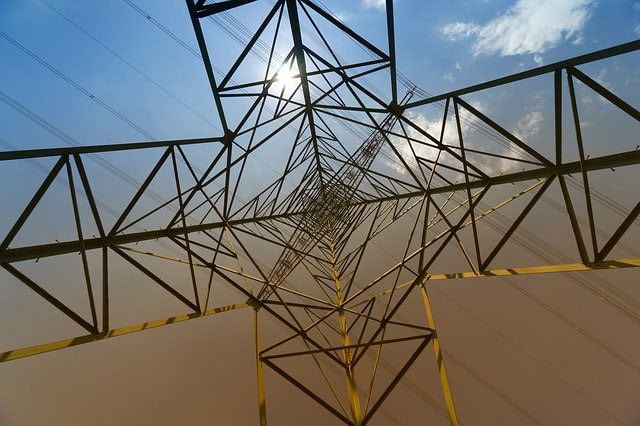New snapshot released of skills and diversity data in the energy and utilities sector

The Energy & Utilities Skills Partnership releases its latest analysis of the energy and utilities sector, demonstrating progress, but that further action is required on diversity and inclusion
The Energy & Utilities Skills Partnership (EUSP) today announced the release of a new detailed snapshot of the energy and utilities sector, featuring clear and concise infographics that highlight recent changes in the gas, power, water and waste industries, as well as the sector’s supply chain, for which data is now available.
Between the period 2016-2019:
- the percentage of people with a disability working in the sector increased 3.6% to 15.2%, reaching very close to the UK average of 15.7%. The energy and utilities sector is largely making good progress in recruiting people with a disability. Aside from the sector’s supply chain, which saw a decrease in the workforce, the gas, power, water, and waste industries all saw increases and were above the UK average – with 18.1% of the waste industry’s workforce having a disability.
- the percentage of people from a Black, Asian or other minority ethnic background climbed up 2.2% to 6.9%, still some distance from the UK average of 11.4%. Aside from the gas industry, where the percentage declined, all other industries saw an increase of people from diverse backgrounds. The power industry saw the most significant rise with 4.4%.
- the percentage of women in the sector went down 0.6% to 18.3% of the total workforce compared to 47.3% of women in the UK’s workforce as a whole. The water industry had the highest percentage of women in the workforce at 29.1%, and alongside the power industry saw the only increases in female recruits between the three-year period.
- the sector aims to attract people aged between 16-24, although there was a slight 2.1% decrease to 8.4% versus a UK average of 11.4%. The gas utilisation, power, and water industries all reached above the sector average.
- in comparison, the percentage of people aged 60 and over increased in the sector to reach 8.9%, just behind the UK average of 10.4% – a good sign of retaining talent.
Phil Beach CBE, Energy & Utility Skills Chief Executive said,
“The energy and utilities sector is committed to action on diversity and inclusion, working together to share best practice and build on the great work already in progress. Energy and utilities companies are at the forefront of delivering the 10-point plan for a green industrial revolution to achieve net zero carbon targets in 2050. There is clearly more to do, and we are committed to attracting, recruiting, and developing a diverse workforce to fill the green jobs being created with truly inclusive teams.”
The UK energy and utilities sector employed 586,800 people in 2019, up from 520,100 in 2016. The top three occupational groups are skilled trades, professionals, and associate professional and technical employees.
When the EUSP’s Workforce Renewal and Skills Strategy 2020-2025 was published last year, it identified an estimated 277,000 vacancies that would need to be filled in the energy and utilities sector by 2029. This analysis breaks that number down by occupation. The skilled trades occupations will have the most vacancies to fill – an estimated 80,000.











Responses